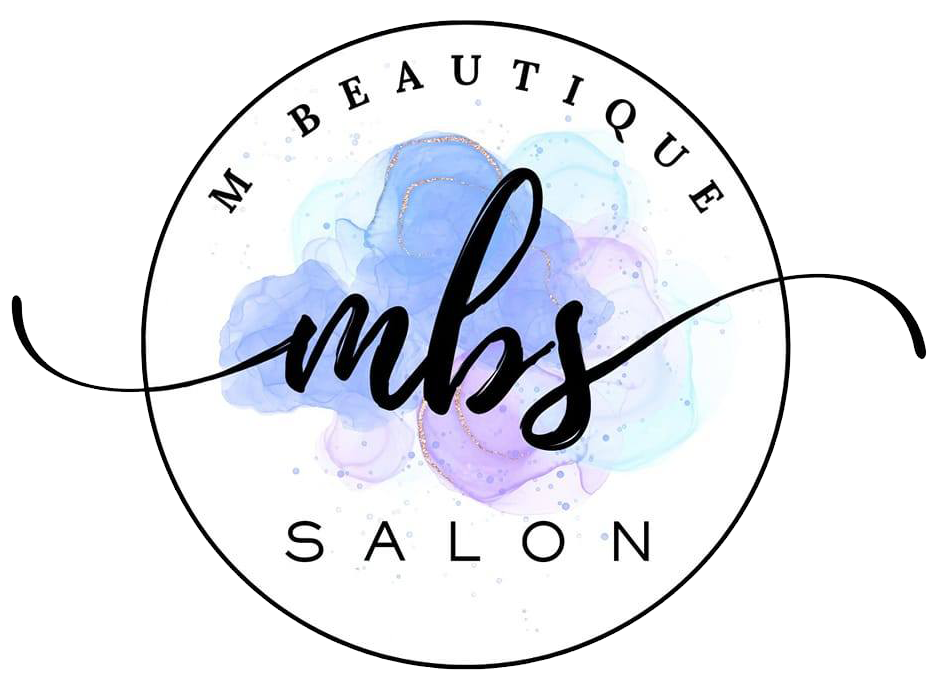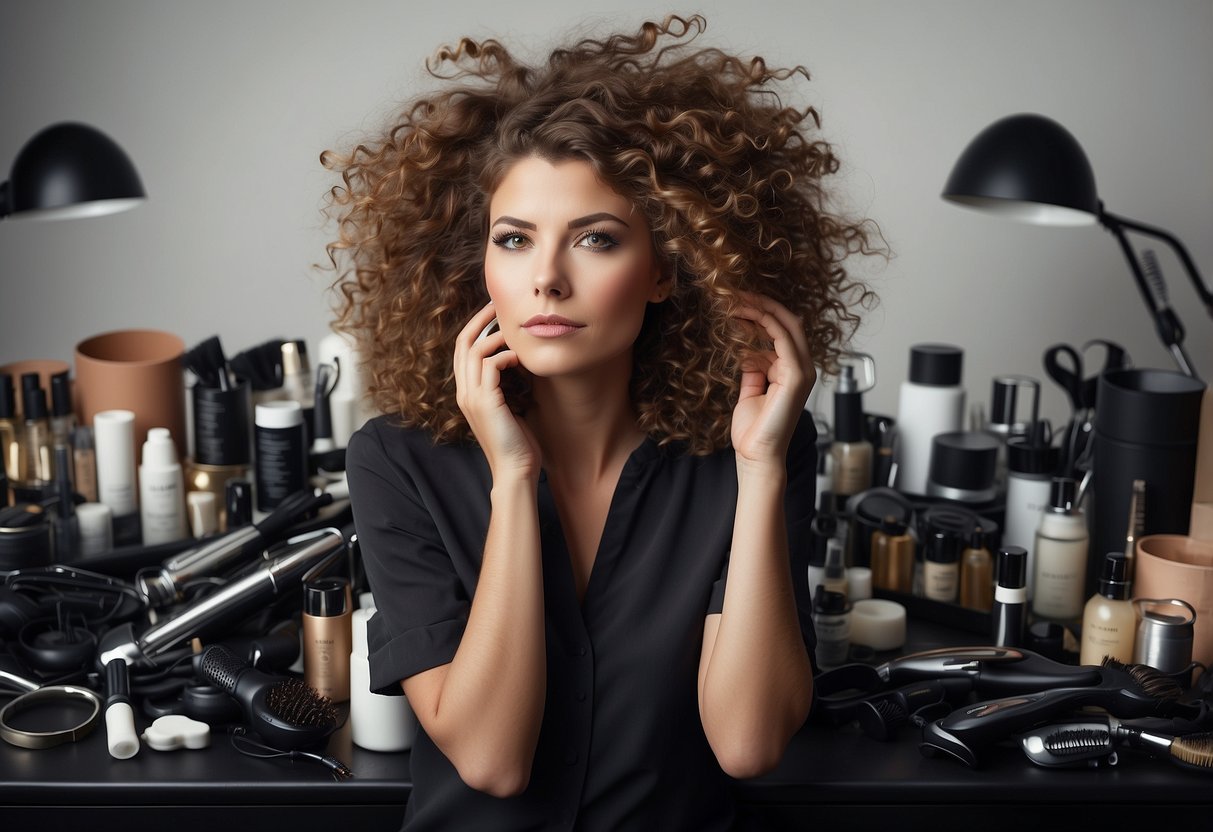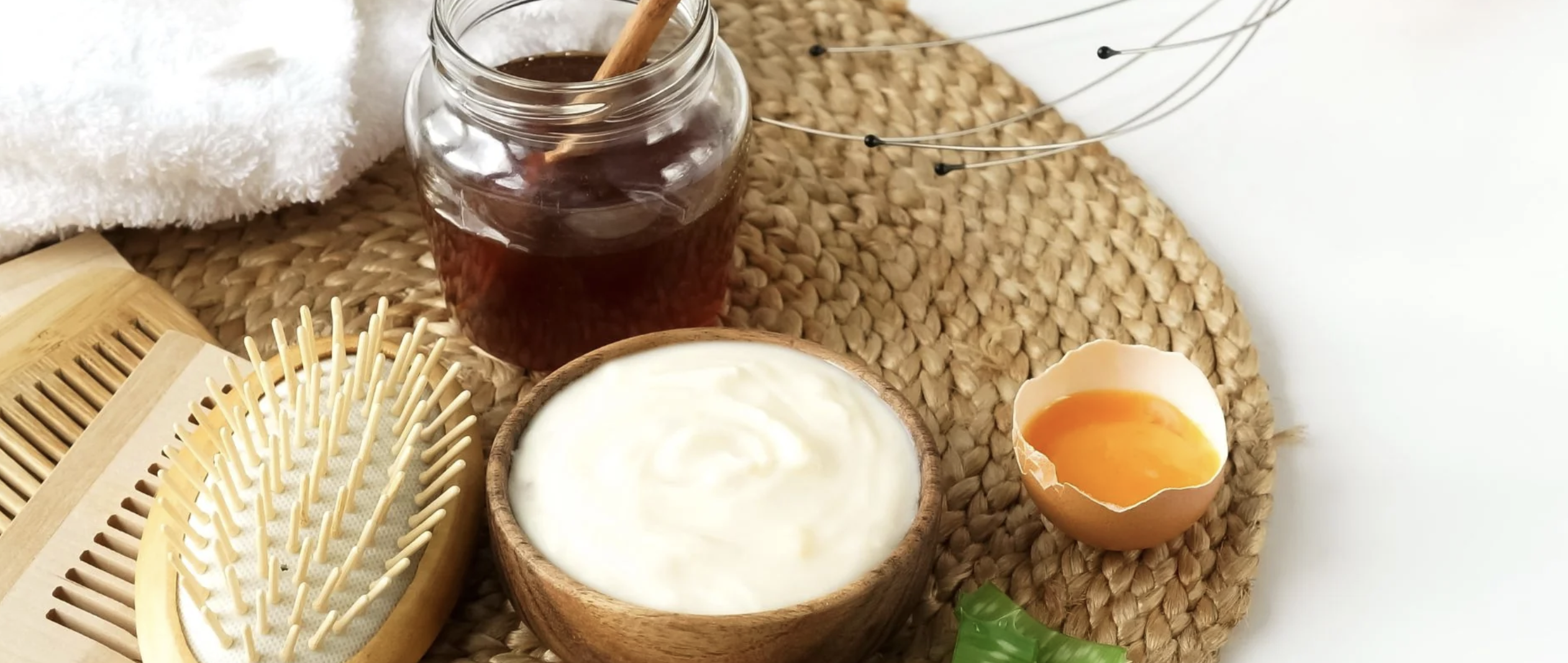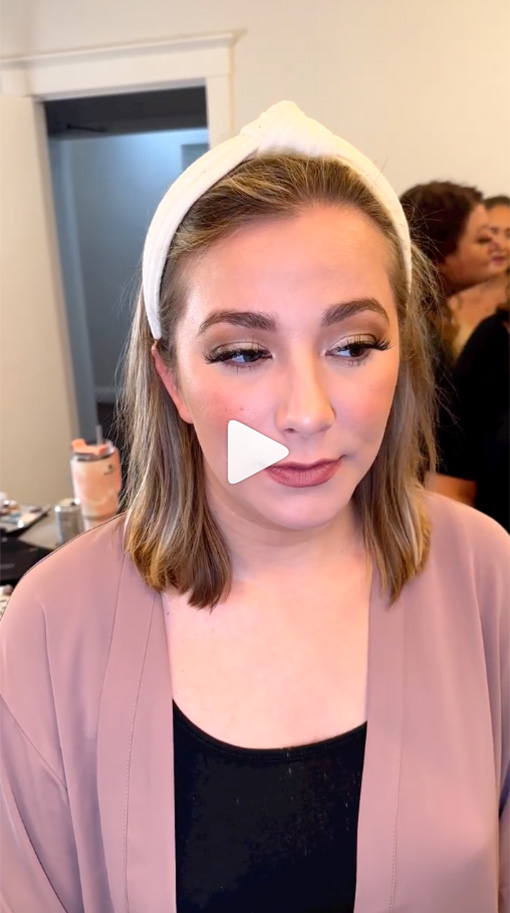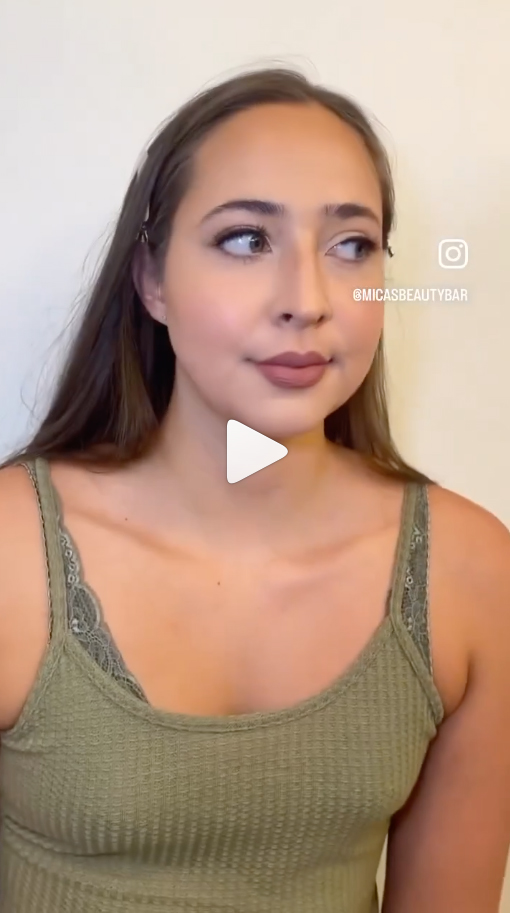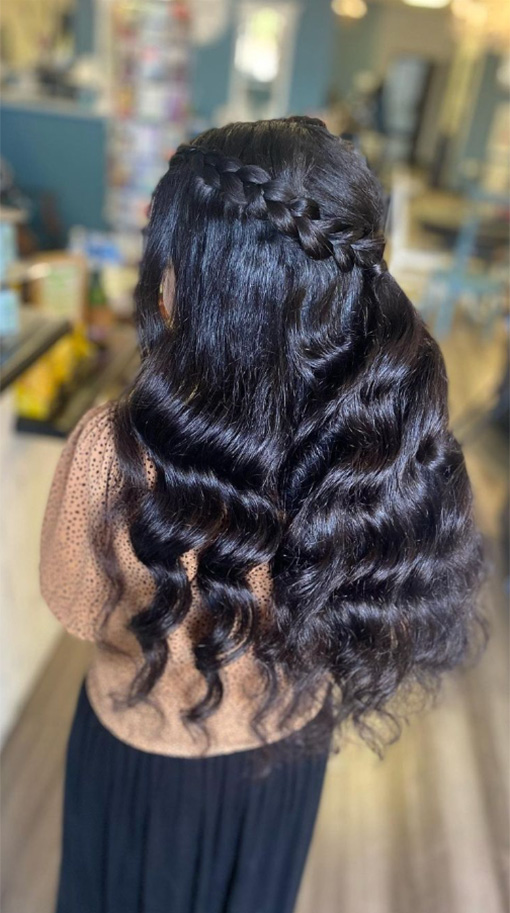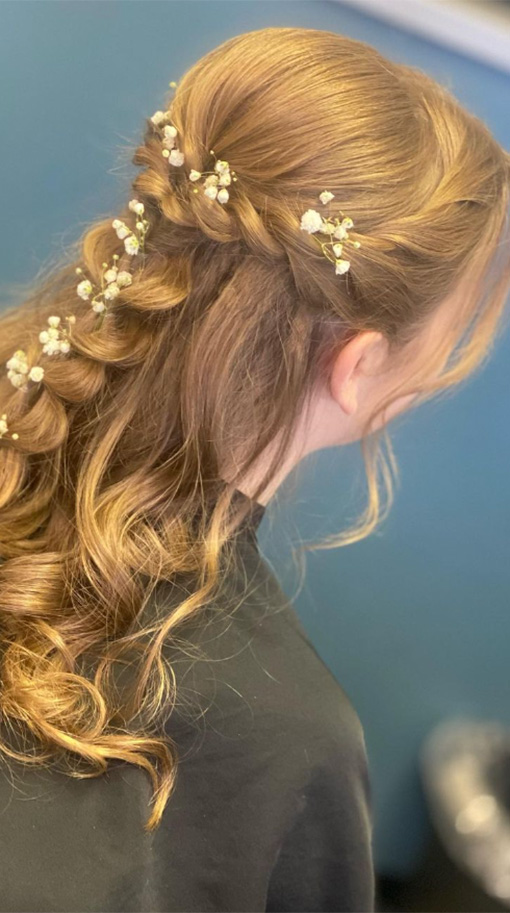Everyone strives for perfect hair, often investing time and money in achieving that flawless look. Yet, many fall into common traps that sabotage their efforts. Understanding these errors is crucial to improving your hair care routine.
One major mistake is using hot styling tools without heat protection. This can lead to significant hair damage over time. Another frequent error is taking too large sections of hair when styling, which can result in uneven and frizzy outcomes. Smaller sections ensure a smoother, more polished look.
Sleeping with wet hair and skipping regular trims are other pitfalls to avoid. Both can contribute to split ends and an overall unhealthy appearance. Discover if you’re making these and other mistakes and learn how to rectify them for healthier, better-styled hair.
Essential Hair Care Missteps
Incorrect selection of hair care products, excessive washing, and neglecting scalp care can significantly impact hair health and appearance. Understanding these common mistakes can help maintain vibrant and healthy locks.
Choosing the Wrong Products
Selecting suitable hair products is crucial. Using products that don’t match hair type or needs can strip natural oils, cause buildup, or lead to dryness. Individuals with curly hair should opt for moisturizing products, while those with fine hair should avoid heavy conditioners that can weigh it down.
Products with harsh chemicals should be avoided. Sulfates, for instance, can strip moisture. Opt for sulfate-free shampoos and conditioners that protect and nourish hair. Read labels carefully to choose products designed for specific hair types and issues, like dandruff or color-treated hair.
Overwashing and Underconditioning
Excessive washing removes essential natural oils from the scalp and hair, leading to dryness and brittleness. Washing hair two to three times a week is typically sufficient to maintain clean hair without stripping natural moisture. Overwashing can lead to an imbalance of oil production, causing either dryness or excessive oiliness.
Underconditioning leaves hair tangled, dry, and prone to breakage. Regular use of conditioner is vital. Those with dry or damaged hair benefit from deep conditioning treatments. Using a leave-in conditioner can add extra moisture and help detangle hair.
Inadequate Scalp Care
Neglecting scalp care impacts overall hair health. The scalp requires regular cleansing to remove dirt, product buildup, and oil. This is where scalp-specific shampoos and tonics come in handy. Scalp scrubs can be beneficial to exfoliate and remove dead skin cells.
Ignoring scalp moisture leads to dandruff and irritation. Hydrating shampoos and conditioners that focus on scalp health help maintain a balanced, moisturized scalp. Consider using oils like tea tree or peppermint oil to invigorate the scalp and promote blood circulation.
Regular massage can stimulate the scalp, aiding in the distribution of natural oils and enhancing overall scalp health.
Styling Errors that Damage Hair
Many common hair styling habits can lead to significant damage. Key areas to watch out for include overusing heat tools, improper brushing techniques, and wearing overly tight hairstyles.
Heat Styling Overuse
The frequent use of hot tools like flat irons, curling irons, and blow dryers can lead to major damage. High temperatures can strip hair of its natural moisture, resulting in brittle and dry strands. Using a heat protectant spray can be crucial in protecting hair from heat damage. It’s also important to choose the right tool, such as a tourmaline or ceramic model, which can distribute heat more evenly.
Temperature setting is another critical factor. Fine or damaged hair requires lower settings, while coarse hair might handle higher temperatures better. Never use heat tools on wet hair as it’s more vulnerable; always blow-dry first if necessary.
Harmful Brushing Techniques
Using the wrong brushing technique can cause hair breakage and thinning. Wet hair is particularly susceptible to damage, so it’s better to use a wide-tooth comb or a cushion brush designed for detangling. Always start brushing at the ends and work up to the roots to minimize breakage.
Avoid using brushes with hard bristles on curly hair, as this can cause frizz and split ends. Regularly cleaning brushes to remove hair and product buildup is also essential for maintaining hair health.
Tight Hairstyles and Damaging Accessories
Wearing tight hairstyles, such as ponytails and braids, can place excessive tension on the hair, leading to breakage and even hair loss over time. Using rubber bands or other tight hair ties can exacerbate this issue. Instead, opt for scrunchies or hair ties that are gentler on the hair.
It’s also wise to alternate hairstyles to avoid continuous stress on the same areas of the scalp. Wearing loose styles and giving the hair a break from tight configurations can help maintain its strength and prevent premature thinning.
Improving Hair Texture and Strength

To enhance hair texture and strength, proper use of hair treatments and adjusting care methods to suit different hair types and textures are crucial. Understanding the role of proteins, moisture, and oils can significantly impact hair health and appearance.
Proper Use of Hair Treatments
Using the right hair treatments can make a substantial difference in improving texture and strength. Protein treatments are essential as they help strengthen hair by filling in gaps in the cuticle layer. Overuse, however, can lead to brittleness, so balance is key.
Moisturizing treatments are equally vital. Ingredients like coconut oil and aloe vera can deeply hydrate and improve the softness of hair. Conditioner and leave-in treatments help to lock in moisture, reducing frizz and preventing dryness.
Heat protection is a must when using tools like curling irons and straighteners. Without it, heat can damage the hair cuticle, leading to split ends and breakage. Programs like Olaplex offer advanced repair from chemical and heat damage, which rebuilds the hair’s structure.
Adjusting to Hair Type and Texture
Different hair types require different approaches. Straight hair benefits from lightweight products to avoid greasiness while maintaining shine. On the other hand, curly hair needs heavier moisturizing products to combat dryness and frizz.
Regular haircuts are essential for all hair types to maintain health and prevent split ends. Incorporating hair oil into a beauty routine can add shine and reduce frizz, especially for dry or curly textures.
Understanding common mistakes like using the wrong products for your hair type can help avoid unnecessary damage. Adjusting the amount of product and frequency of moisturizing and conditioning can also enhance hair texture and strength.
Incorporating these specific measures and adjusting them as per individual hair types can significantly improve the texture and strength of hair, providing a healthier, more vibrant look.
Preventing Long-Term Hair and Scalp Issues
To maintain healthy hair and prevent long-term damage, it’s crucial to minimize exposure to environmental stressors and establish a robust hair care routine.
Avoiding Environmental Stressors
Environmental factors like sun exposure, pollution, and harsh weather can harm hair and scalp health. UV rays can damage hair proteins and cause dryness, leading to brittle strands. Wearing a hat or using hair products with UV filters can offer protection.
Pollution can also lead to scalp irritation and build-up on the hair. Regular cleansing with a gentle shampoo can remove contaminants without stripping moisture. Consider products with antioxidants to combat free radicals.
Cold weather can dry out both hair and scalp. Keeping hair moisturized with hydrating masks or leave-in conditioners helps retain necessary moisture. Avoid hot showers as they can strip natural oils, leaving hair and scalp dehydrated.
Developing a Healthy Hair Routine
A consistent hair care routine is vital for maintaining hair health. Start by using a mild shampoo that suits your hair type, followed by a conditioner to ensure moisture retention. Avoid shampoos with harsh sulfates that can strip oils from the scalp and hair.
Proper scalp care enhances hair growth. Massaging the scalp during washing boosts circulation and helps keep follicles healthy. Incorporate a scalp scrub once a week to remove dead skin cells and improve overall scalp health.
Heat protection is essential when using styling tools. Apply a heat protectant spray before blow-drying, curling, or straightening to minimize damage. Limit the use of heat tools to a few times a week.
Consider consulting with a dermatologist or hair care expert to tailor a beauty routine that promotes long-term hair and scalp health.
Frequently Asked Questions
When it comes to hair styling, there are several common mistakes that can impact both the health and appearance of your hair. This section addresses some of the most frequently asked questions to help you avoid these pitfalls.
What are common hair styling mistakes that can age your appearance?
Using the wrong hair color can add years to your look. Choosing shades too dark can highlight wrinkles and fine lines. Over-straightening hair or neglecting volume can also contribute to an older appearance.
How can over-styling or daily styling affect the health of your hair?
Daily use of hot tools like flat irons and curling irons can lead to dryness and breakage. Over-styling can weaken hair follicles, making hair more prone to damage and split ends. It’s essential to incorporate breaks and use protective products.
What should you consider when choosing a hair styling product for fine hair?
Products for fine hair should add volume without weighing it down. Look for lightweight mousses, sprays, and volumizing shampoos. Avoid heavy creams and oils that can make fine hair look flat and greasy.
Which haircuts and styles are recommended for men with gray hair?
Shorter styles can make gray hair look more distinguished and less unruly. Consider classic cuts like the crew cut or a well-groomed undercut. Textured styles can add a modern touch.
What techniques should be used to style medium length hair effectively?
Layering can add movement and prevent a flat appearance. Use a round brush when blow-drying to create volume. Incorporate texturizing sprays or mousse to enhance natural waves and add body.
How can you maintain a mid-long hairstyle for boys without compromising hair health?
Regular trims every 6-8 weeks can help prevent split ends. Use gentle, sulfate-free shampoos and conditioners. Avoid excessive heat styling and focus on air-drying whenever possible to maintain healthy hair.
